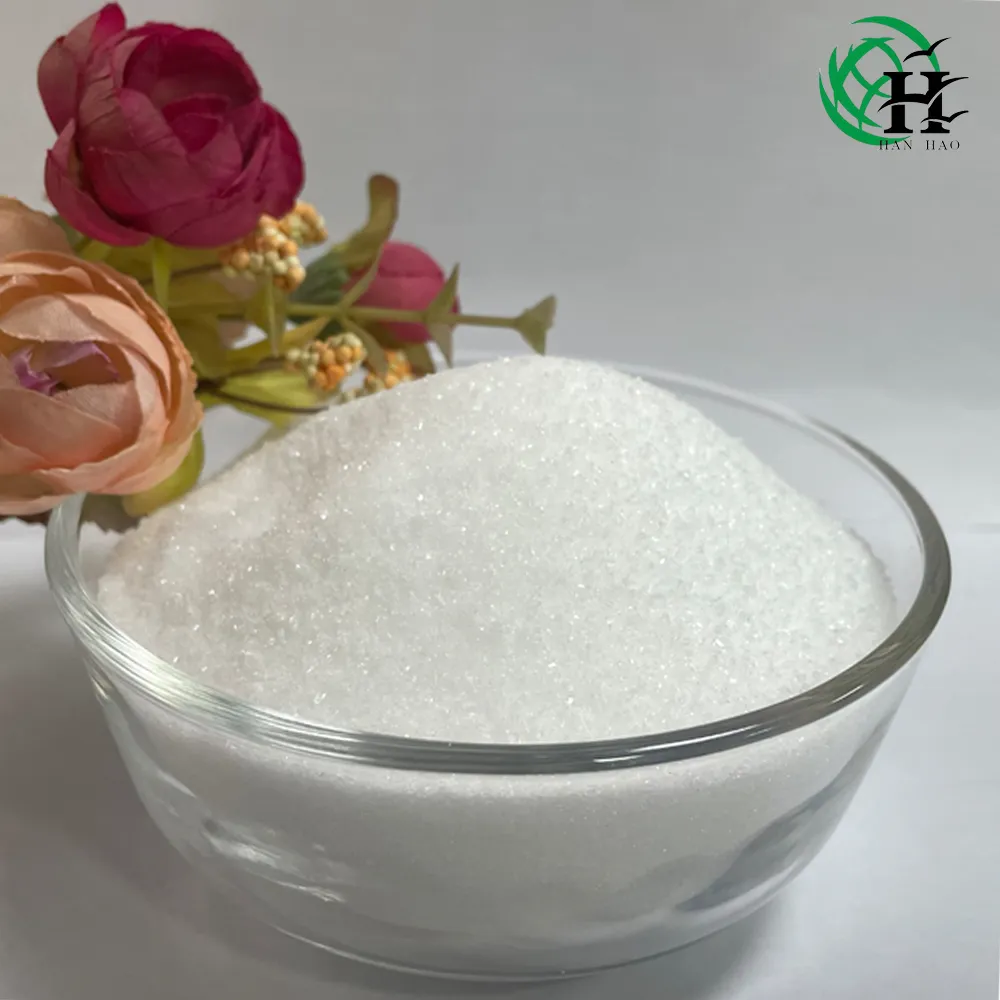
Май . 23, 2025 09:38 Обратно к списку
Urea Phosphate: A High-Efficiency Fertilizer for Precision Agriculture
In high-value crop production and advanced fertigation systems, efficiency and solubility matter. Urea phosphate offers both — delivering a reliable, dual-nutrient fertilizer that combines nitrogen and phosphorus in one highly water-soluble compound. For farmers using drip systems, hydroponics, or managing alkaline soils, it’s one of the most effective tools available.

If you're exploring urea phosphate fertilizer for your operation or looking to source it at scale, this guide breaks down its benefits, applications, and the latest insights into urea phosphate price and market availability.
What Is Urea Phosphate?
Urea phosphate (CO(NH₂)₂·H₃PO₄) is a crystalline fertilizer formed by reacting urea with phosphoric acid. It contains:
17% nitrogen (N)
44% phosphorus pentoxide (P₂O₅)
pH: Strongly acidic (~1.6 in solution)
Solubility: 100%, dissolves rapidly in water
Unlike blended fertilizers, urea phosphate fertilizer is a chemical compound with uniform nutrient content in every particle, which ensures consistency in application — especially through irrigation systems.
Benefits of Urea Phosphate Fertilizer
✅ Dual nutrient formula – Provides both nitrogen and phosphorus in one product
✅ High solubility – Ideal for fertigation and hydroponic systems
✅ Acidifying effect – Lowers pH of alkaline water and soil, improving phosphorus availability
✅ Reduces scaling in drip lines – Helps prevent buildup of calcium and magnesium salts
✅ Fast-acting – Delivers nutrients directly to the root zone
Urea phosphate is especially popular in intensive horticulture and greenhouse crops like tomatoes, cucumbers, grapes, strawberries, peppers, and ornamental plants.
How to Use Urea Phosphate
Application methods:
Fertigation: Use in drip or sprinkler irrigation systems
Foliar application: Apply diluted solution (0.5%–1.0%) to correct deficiencies
Hydroponics: Use as part of nutrient solutions
Soil conditioning: For calcareous soils where phosphorus becomes unavailable
Important: Avoid mixing urea phosphate with calcium or magnesium fertilizers in the same tank — it can cause precipitation and clogging.
Urea Phosphate vs Other Phosphorus Fertilizers
|
Fertilizer Type |
P₂O₅ (%) |
N (%) |
Water Soluble? |
Acidifying? |
Ideal Use |
|
Urea Phosphate |
44% |
17% |
Yes |
Yes |
Drip irrigation, alkaline soils |
|
MAP (Monoammonium Phosphate) |
52% |
11% |
Yes |
Mild |
General soil use, base fertilizer |
|
DAP (Diammonium Phosphate) |
46% |
18% |
Yes |
Alkaline |
Base application in acidic soils |
|
TSP (Triple Super Phosphate) |
46% |
0% |
Moderate |
Neutral |
High P demand, no nitrogen needed |
Ideal Conditions for Urea Phosphate Use
✅ High pH soils – Improves phosphorus availability
✅ Drip and sprinkler systems – 100% solubility ensures no clogging
✅ Water with high bicarbonate levels – Neutralizes excess alkalinity
✅ Early crop stages – Supports root development and early growth
Packaging and Bulk Options
Urea phosphate fertilizer is typically sold in:
25kg moisture-resistant plastic or laminated bags
500kg or 1000kg jumbo sacks
Custom palletized export loads
For commercial growers or distributors, sourcing urea phosphate in bulk ensures cost-efficiency and uninterrupted supply during peak application seasons.
Urea Phosphate Price: What to Expect
The urea phosphate price varies depending on several factors:
|
Factor |
Impact on Price |
|
Raw materials (urea, phosphoric acid) |
Price volatility impacts final cost |
|
Purity (technical vs agri-grade) |
Higher purity = higher cost |
|
Packaging (bags vs bulk) |
Bulk packaging reduces cost/ton |
|
Origin and logistics (China, India) |
Freight and currency rates affect pricing |
Urea Phosphate Fertilizer Price Guide (USD/Metric Ton)
|
Product Grade |
Typical Price Range |
|
Agriculture Grade (95–98%) |
$800 – $1,000/MT |
|
Technical Grade (98–99%) |
$900 – $1,100/MT |
|
Premium Water-Soluble |
$1,000 – $1,250/MT |
Prices may vary depending on shipping terms (FOB/CIF), order volume, and packaging requirements. For exporters, container load pricing is usually most competitive.
Where to Buy Urea Phosphate Fertilizer
When buying in bulk, always ask for:
COA (Certificate of Analysis)
Product origin
Solubility data and pH range
Packing and shelf life info
Urea Phosphate FAQs
Q1: What’s the shelf life of urea phosphate fertilizer?
A: If stored in a cool, dry place, sealed bags can last 2–3 years without degradation.
Q2: Is urea phosphate suitable for organic farming?
A: No. Urea phosphate is synthetically produced and not certified for organic systems.
Q3: Can I mix urea phosphate with other fertilizers?
A: Yes, but avoid mixing with calcium or magnesium in the same tank — use separate applications or tanks.
Q4: How is urea phosphate different from MAP or DAP?
A: It has a stronger acidifying effect, better water solubility, and is ideal for fertigation, unlike MAP/DAP which are mainly for soil application.
Q5: What’s the ideal concentration for fertigation?
A: Typically 0.05% to 0.2% solution depending on the crop and stage.
Urea phosphate fertilizer delivers high-efficiency feeding in systems where water quality, pH management, and nutrient precision matter most. From drip irrigation in orchards to hydroponic vegetable farms, it’s a smart choice for boosting nutrient availability and supporting early plant growth.
If you’re planning to import, distribute, or apply urea phosphate at scale, compare suppliers carefully, monitor urea phosphate fertilizer price trends, and ensure your crop program is set up to take full advantage of this powerful nutrient tool.
-
Organic Pepper Fertilizer – Sustainable Growth for Healthier Crops and Soils
НовостиNov.25,2025
-
Sustainable Growth with Organic Phosphate Fertilizer | Benefits & Innovations
НовостиNov.24,2025
-
Organic Phosphorus and Potassium Fertilizer: Sustainable Soil Nutrition & Global Impact
НовостиNov.24,2025
-
Organic Phosphorus Fertilizer: Sustainable Nutrient Solutions for Modern Agriculture
НовостиNov.23,2025
-
Sustainable Growth with Organic Phosphorus Plant Fertilizer | HH Fertilizer
НовостиNov.23,2025
-
Organic Plant Meal Fertilizer for Sustainable Agriculture – Benefits & Innovations
НовостиNov.22,2025
